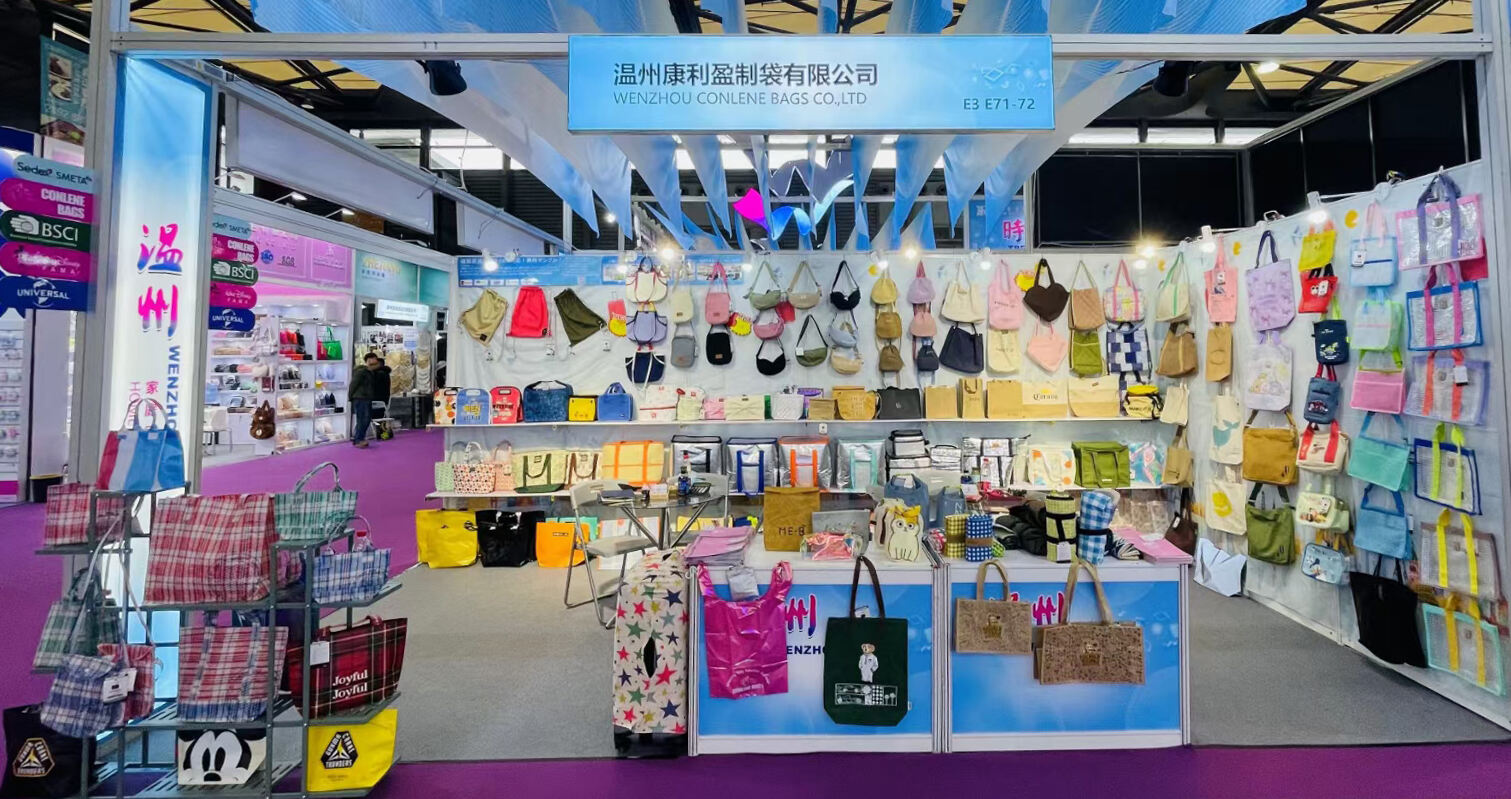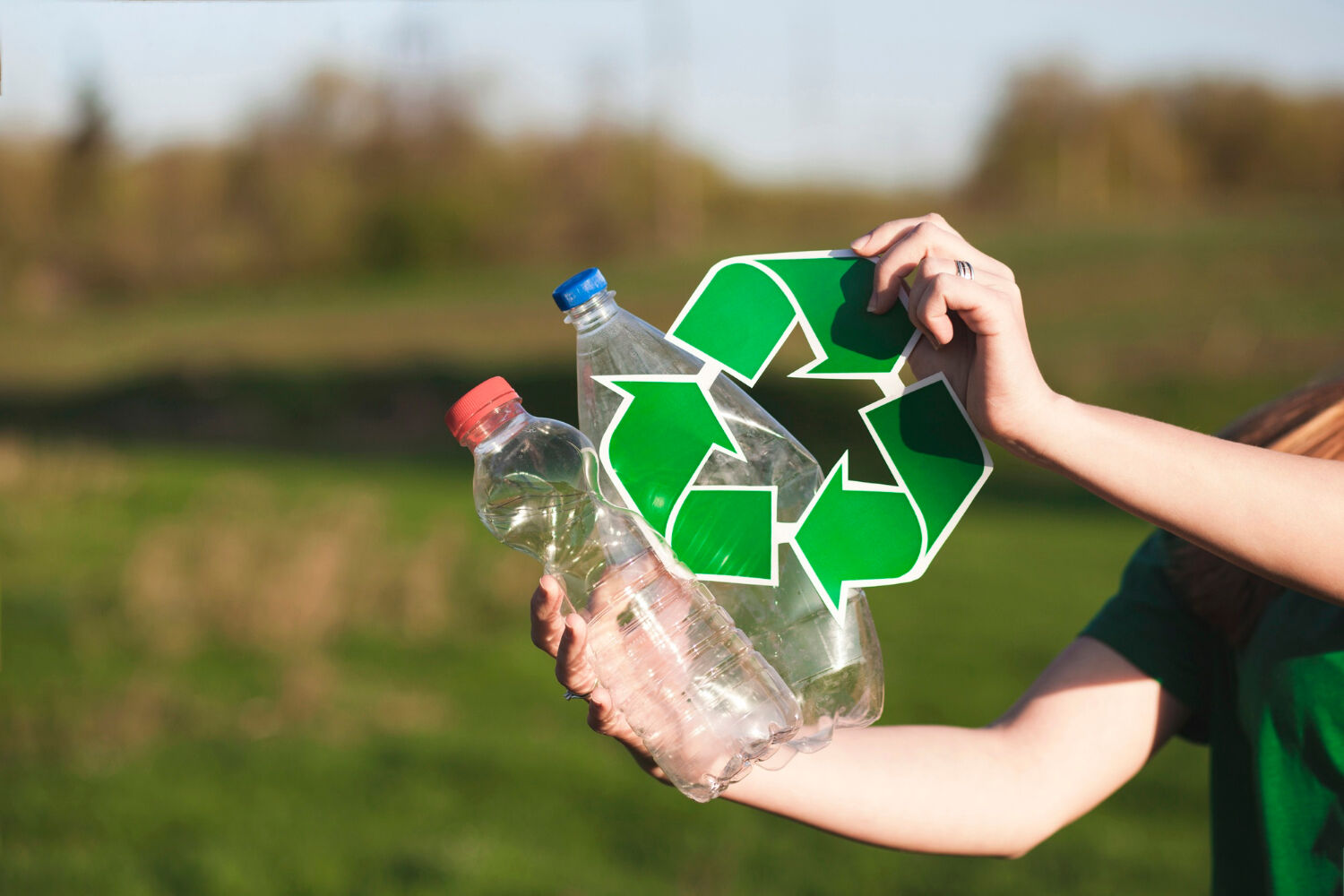
Choosing the Right Beach Bag with Pockets and Compartments
Key Features to Look for in a Beach Bag with Multiple Compartments
When shopping for a beach bag, look for something that actually makes sense for real life at the shore. Most good bags will have around four to six different sections inside and out. Think about what happens when you get back from swimming? A mesh pocket helps keep those damp swimsuits from getting everything else soggy. Want something cold to drink? An insulated sleeve keeps beverages chilled. And let's not forget about phones or tablets - a padded section protects them from sand and bumps. According to some recent research, nearly seven out of ten regular beach visitors want easy access to things like sunscreen or shades without digging through the whole bag first. The numbers come from Coastal Recreation Trends published last year. Comfort matters too after hours on the sand. Bags with wider straps (around 1.5 to 2 inches thick) distribute weight better than skinny ones. Materials like ripstop nylon are great because they're light but still tough enough to handle all the stuff we carry to the beach these days.
Importance of Choosing a Beach Bag with Waterproof and Zippered Pouches
Zippered pouches that resist water really help keep wallets, smartphones, and car keys safe when dealing with beach sand and random splashes. Want extra protection? Look for bags featuring those lockable YKK zippers plus special pockets that block RFID signals so nobody can steal information from credit cards. And don't forget about getting a separate dry storage compartment for things like washcloths or extra clothing items that need to stay clean and free from gritty sand residue after a day at the shore.
Material and Size Considerations for Optimal Functionality
Choose sand-resistant fabrics like waxed canvas or polyester with sealed seams to prevent granular buildup. Capacity should align with trip length:
- Day trips: 20–25 liters (fits 2 towels + lunchbox)
-
Family outings: 30–35 liters (accommodates toys, extra clothes, and snacks)
Deep bags (12+ inches) prevent items from spilling, while collapsible designs simplify post-beach storage. Prioritize machine-washable materials to eliminate stubborn sand or salt residue.
Organizing Items by Category Using Dedicated Compartments
Separating Wet and Dry Items to Maintain Cleanliness
Water-resistant compartments prevent moisture from damaging electronics or paper items. Use zippered pouches for wet swimsuits and mesh pockets for sunglasses or sunscreen bottles to avoid cross-contamination. This method also minimizes sand buildup, which 78% of beachgoers cite as a top cleanliness concern.
Allocating Space for Sunscreen, Books, and Electronics
Prioritize high-use items in easy-reach zones: side pockets for sunscreen and lip balm, padded sleeves for phones or e-readers, and central compartments for snacks or wide-brimmed hats. This layout keeps essentials visible and protected without constant rummaging.
Using Interior Sections for Efficient Access and Order
When packing stuff away, it helps to organize things based on how often they get used. Towels should probably go on the bottom since nobody reaches for those first thing. Put clothes next up, then save the grab-and-go stuff like keys or sunglasses right at the top where they can be seen easily. Those little inner pockets come in handy for small things that tend to disappear otherwise. Hair ties? Coins? Band-aids? They all find their way there somehow. For the stuff we barely touch these days, like spare batteries or old chargers, tuck them deeper inside so the good stuff stays within reach when needed most.
Securing Small Items and Valuables in Pouches
Storing Keys, Sunglasses, and Small Accessories in Designated Pouches
Assign specific compartments for essentials like keys, sunglasses, and hair ties. Dedicated pouches prevent these small items from sinking to the bottom and reduce time spent searching.
Protecting Phone, Cards, and Cash in Waterproof and Secure Pockets
Use zippered, waterproof sections for sensitive items to shield them from sand, water, and opportunistic theft, especially important.
Maximizing Inner Pockets for Hair Ties, Change, and SPF Lip Balm
Mesh or elastic-lined inner dividers help organize frequently used micro-items. These compartments keep essentials visible and prevent spills from liquids or loose change.
Ensuring Quick Access Without Compromising Safety
Balance convenience and security by placing high-use items in outer pouches with secure closures. Interior pockets featuring RFID-blocking lining protect credit cards without slowing down access during purchases.
Optimizing Accessibility and Convenience Through Smart Layout
A well-designed beach bag with pockets transforms clutter into efficiency when high-use items are placed in exterior compartments.
Placing Frequently Used Items in Easy-Access Exterior Pockets
Store sunscreen, sunglasses, and a hat in outer zip pouches for instant retrieval. These pockets eliminate the need to dig through layers, especially helpful when managing towels, children, or sandy hands.
Using Side or Top Pockets for Snacks and Water Bottles
Side mesh pockets provide stable, tilt-proof storage for water bottles, while top flaps are ideal for dry snacks like granola bars. This separation prevents crumbs from contaminating towels or electronics and keeps hydration within reach.
Labeling or Color-Coding Pouches for Faster Identification
- Apply waterproof silicone tags (e.g., “Sunscreen,” “Keys”) to pocket zippers
- Use brightly colored pouches for emergency items like lip balm or bandaids
- Reserve neutral tones for low-use items like spare towels
Cleaning and Maintaining Your Beach Bag with Pockets
Emptying Sand and Debris After Each Beach Trip
Shake your beach bag thoroughly after each outing to dislodge trapped sand. For stubborn debris, use a handheld vacuum or soft-bristled brush.
Wiping Down Waterproof Compartments and Zippers Regularly
Clean zippered pouches and waterproof liners with a microfiber cloth dampened with distilled water. Weekly wipe-downs reduce saltwater corrosion by 68%, according to a 2024 beach gear maintenance study. Apply silicone-based lubricant to zipper teeth quarterly, starting with the most frequently used compartments.
Deep Cleaning Fabric and Reorganizing Pouches Weekly
Always check what the maker says about cleaning these things. Most polyester bags can go through the washing machine on cold with some gentle soap, but canvas ones usually need just a quick wipe down when they get dirty. When doing a thorough clean, it's smart to rearrange all those little pouches inside according to what we actually need now. Maybe put that reef friendly sunscreen stuff front and center since we're using it so much lately. Let everything dry fully before putting them away somewhere safe. Moisture is bad news because it leads to mold growing, which nobody wants.
FAQ
What features should I look for in a beach bag?
Look for a beach bag with multiple compartments, waterproof pouches, sand-resistant materials, and wide straps for comfort.
How can I maintain cleanliness in my beach bag?
Utilize water-resistant compartments for wet items and regularly clean and reorganize your bag to prevent sand buildup.
Why are waterproof and zippered pouches important?
These pouches protect items like wallets and phones from moisture and sand, ensuring they remain dry and secure.
How do I organize items in a beach bag for efficiency?
Sort items by category and frequency of use, utilizing dedicated compartments for easy access and minimizing search time.









